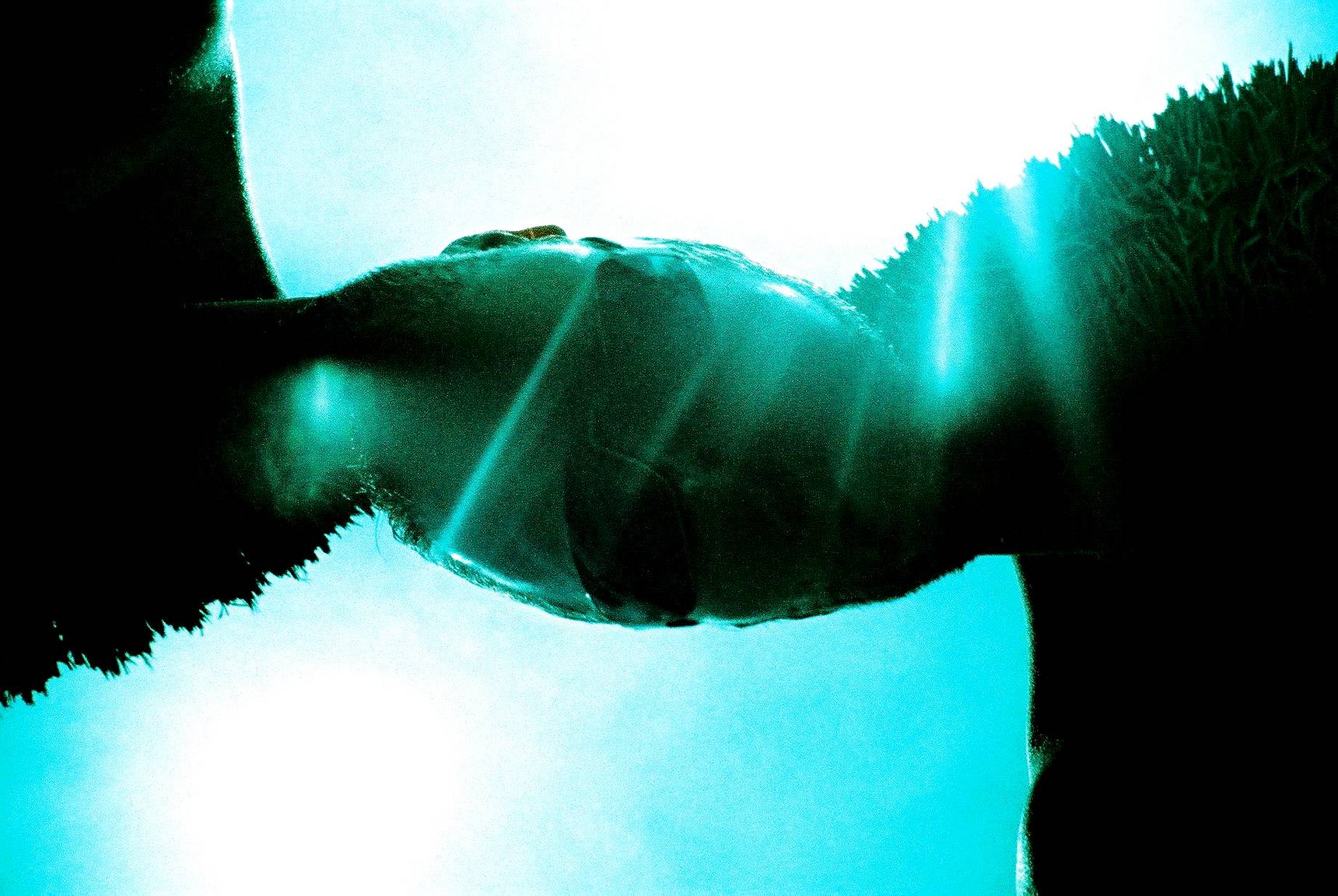Five Hours with the Lomo'Instant Wide
1 7 Share TweetThere is a feature in the Lomography world that is quite popular among shooters. The Splitzer, is a creative tool that can be easily added to many Lomography cameras. By shooting a double exposure, the Splitzer allows you to combine several shots onto the same frame. This feature has been a constant source of stunning images. For this article, I wanted to try this feature on the Lomo'Instant Wide – and push the experimentation even further by shooting the same scene multiple times, at different hours of the day.
The first try wasn't the result I was looking for: it came out overexposed and didn't record much. I had set the camera to Bulb mode, worried that it would not capture enough light otherwise. However since I made five different shots during the day, the exposures lasted too long, overlapping and burning the photo. Even by allowing a small portion of the paper to be exposed, the repetition process appeared to make this method unsuitable for my experiment.
This process took me the whole day. The shots were taken respectively at 6:50 am, 10:00 am, 12:30 pm, 15:30 pm, and 16:45 pm (as the sun goes down so early in the Northern hemisphere in winter!). After my first unsatisfactory attempt, in the evening I tried to understand if there was some light leaking through. I tried to reproduce the test indoors using a still life scene. I shot everything under the same light conditions, only moving the quarters of my Splitzer and the fruits in the bowl. Having the same light conditions didn't solve my question.
The day after, I repeated my attempt and tried five different hours of the day. This time the result was more satisfying.
On the third day, I wondered if the multiple exposures were too much for the Instax film and decided to shoot only at sunrise and sunset to see if I could get a defined separation line in the sky. I didn't want to use the Auto setting as I didn't want any flash to turn on, and I set the shutter to 1/30. In this image, you see a more defined light shift on the buildings – while the sky does not show a strong enough difference.
On another note, the light condition changed drastically during Day 3, and there was no more sun in the evening anymore. Thus the sky could not perform stunning sunset colors to truly emphasize the difference in the sky, as it was very cloudy and gloomy.
Have you ever tried a similar multiple exposures process? We would love to hear about your trials and errors with the Splitzer! Don't forget to upload them to our community – we look forward to seeing your creative ideas!
written by eparrino on 2021-12-01 in #tutorials #splitzer #multipleexposures #instantphotography #lomoinstantwide #instantexperiment






















一個留言